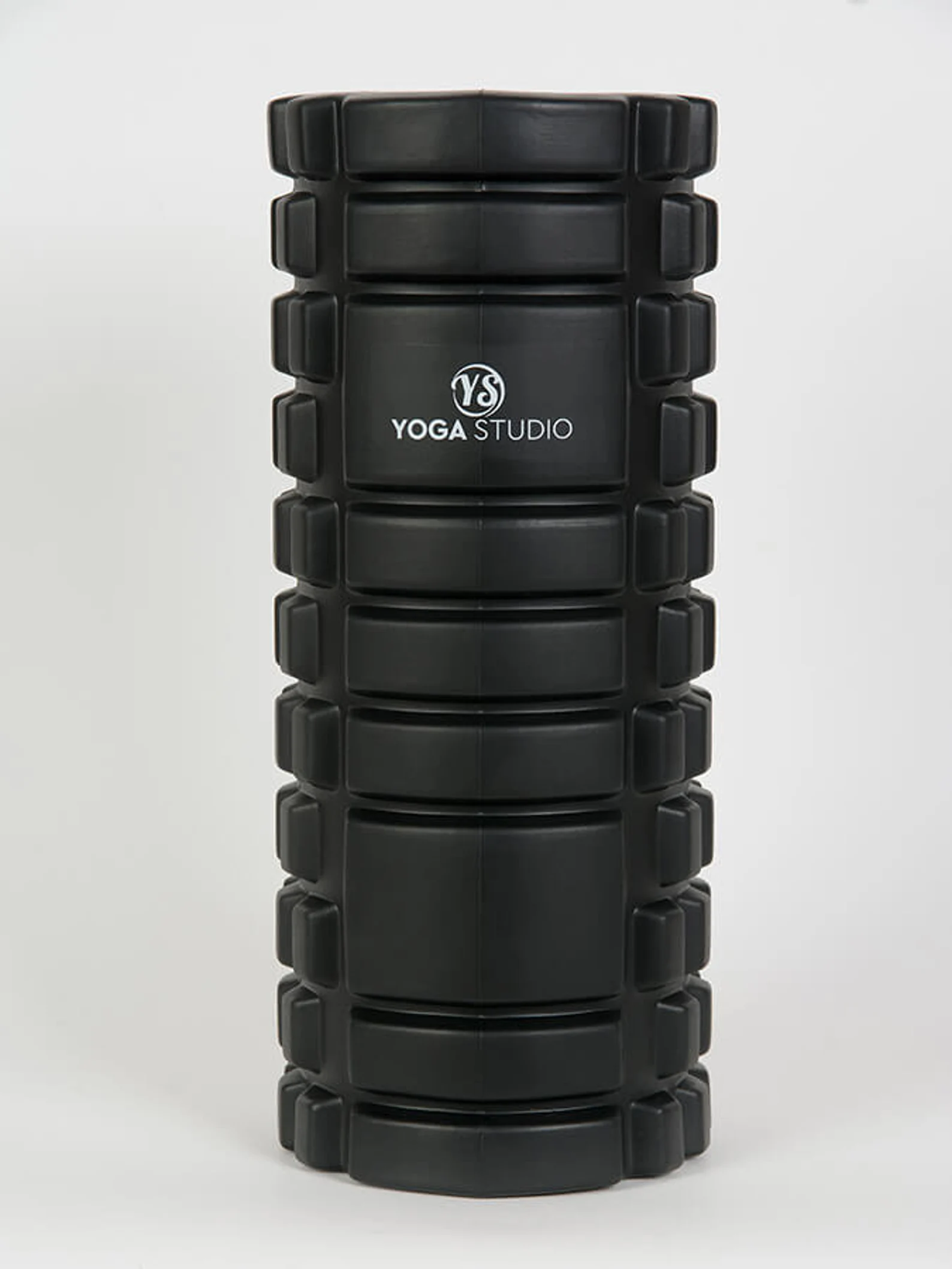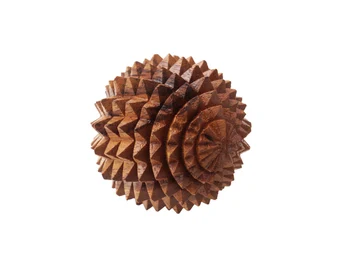Is The Way You Train Causing Your Back Pain?
- anneke91
- Sep 29, 2023
- 4 min read

What fires together, wires together. Neurologically if we are running a particular firing pattern in neurons and muscles this pattern can become dominant and consistently take us into the same pain we are trying to avoid, even doing the exercises we are prescribed or supposed to do as the dysfunctional firing pattern dominates.
Very simply put, if we have an overactive psoas muscle for example that is pulling on the spine due to the fact that we are in a low level of flight or flight OR let's say we twisted funny one morning, strained the QL muscle and the brain associates this pattern with triggers like looking towards the left, or an argument we were having with someone or even a colour - the brain will file these references in our memory banks.
The more we run the pattern the stronger the connections become and eventually we have multiple triggers that can set of a muscular neurological pattern that ends up keeping us stuck in pain.
When it comes to muscular function, the body functions in antagonistic pairs and synergistic pairs.
I will often see clients in my Pilates studio that have an overactive psoas (hip flexor muscle) but their hamstrings and their gluteals are fast asleep and not doing the work that they are meant to do. These people might experience that the hamstrings feel tight, that is only because the psoas muscle attaches from the thigh bone to the front of the spine in the lumbar vertabrae. As this causes the pelvis to tip forwards (anterior pelvic tilt) it arches the back and now the hamstrings are at the end of their tether due to their attachment to the sitz bones. The literally can not stretch any longer and now they feel tight.
All these firing patterns that we repeat consistently become body habits and we default to them more instantaneously the more we run these patterns.
So now we have dysfunctional muscle patterns running where some muscles ore over working, some muscles are under working and this is linked to various neurological pathways and triggers.
I often see that in training in the Pilates studio these dominant firing patterns take over. If I have a client that is really dominant in the Psoas muscle that they will struggle to dampen that response when we do core work to access the deep core stabilisers like the transverse abdominals.
So how do we rewire these dysfunctional patterns and start firing those muscles that are not doing their job and dampen the response of overactive muscles in exercise.
There are a few ways:
I know we have been referring to psoas as an example but there really can be any pattern running in a client. A neck muscle can inhibit an ankle muscle and it is vital to identify where the imbalances lie to really resolve an issue for long term results where we don't consistently end up in the same pattern.
Now take into account that we are not just physical beings but add the mental, emotional aspects to that and patterns that run neurologically really becomes quite complex.
We might resolve a physiological trigger but if the pattern is being held in place by an emotion - using psoas again as an example where a person is stuck in fear and anxiety, then we need to be address the fear and anxiety as well to get lasting, functional results.
Training with a dysfunctional pattern without awareness is simply not functional.
I just want to quantify - we've used the psoas muscle as an example and if you can identify with this I please, please do not want you to go away from this thinking you need to stretch the psoas muscle. Very often most people over stretch and actually damage their psoas.
What you actually need is to strengthen the antagonistic hamstring and gluteals and by bringing better balance to these the psoas will lengthen and become a better team player in movement.
But what if you just can not fire your hamstrings, and I see this all the time - clients just can not fire those muscles that are 'asleep' because nobody's home - the neurological signals to these muscles have become so dampened they become soooo hard to access.
There are rehabilitative pilates techniques that I use in studio to help clients activate these muscles. One of these are neurological patterning techniques from the Postural Restoration Institute as well as Clinical Pilates from Debbie Creamer Physiotherapy. Often people think adding more load will make these muscles stronger, but the exact opposite is actually true. Taking load away and working on the mind body connection is what seals the deal - however - this is a loooong game, and in my experience it can take a few months for clients to repattern.
So what would give us a more instant response?
Kinesiology is a muscle testing technique that was developed by chiropractors in the 70's. Dr George Goodheart and Dr John Thie pioneered this incredible technique that brings better balance to the muscular system through various techniques that works with the neurology to re-pattern the 'asleep' muscle neurological response taking the mental, emotional and physical side into account. It has a strong emphasis and roots in Traditional Chinese Medicine. The magic in this technique is how targeted it is to the individual.
I have had incredible results using this technique on clients that have had injuries and pain patterns that they just have not been able to shake or re-pattern.
Once we have given the neurology what it needs to find better balance and for the system to tune into its natural recuperation ability then we can start adding on functional exercises not ensuring we are firing the correct musculature for balance, health and wellbeing.
Here are a few of my favourite tools I use in my Pilates studio that aids in mobility and muscular release in a functional way whilst we retrain those muscles that need more love.
CLICK ON THE IMAGE TO SEE WHERE YOU CAN BUY THESE
“We are all faced with great opportunities brilliantly disguised as impossible situations. There’s always a door and that’s how we evolve.”
~Dr. Joe Dispenza, DC, neuroscientist,author, b.3/22/62
I get affiliate revenue if you decide to make a purchase through my links, at no cost to you.’ Aways grateful for the support through community. I only promote products I have tested or believe in. I hope you enjoy them as much as I do.










Comments